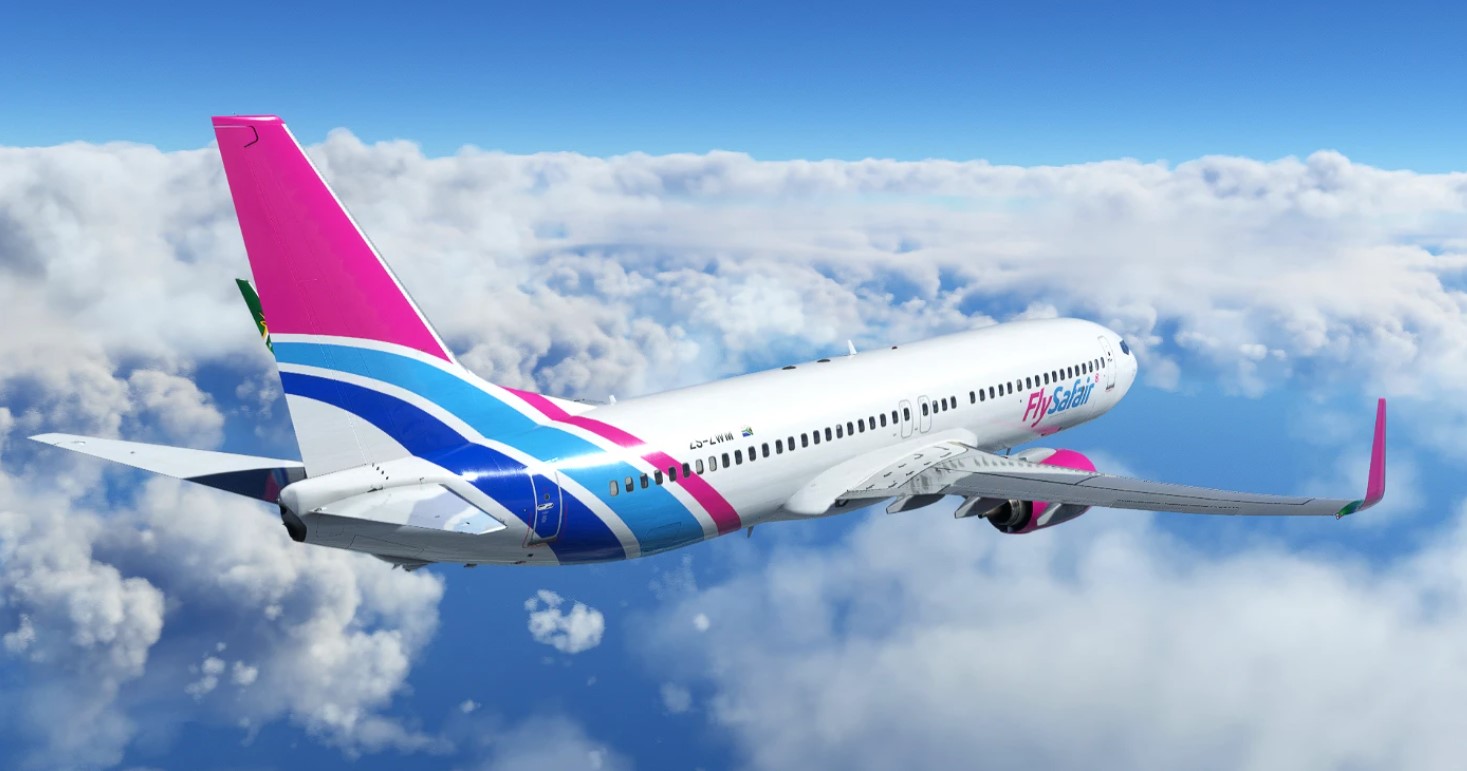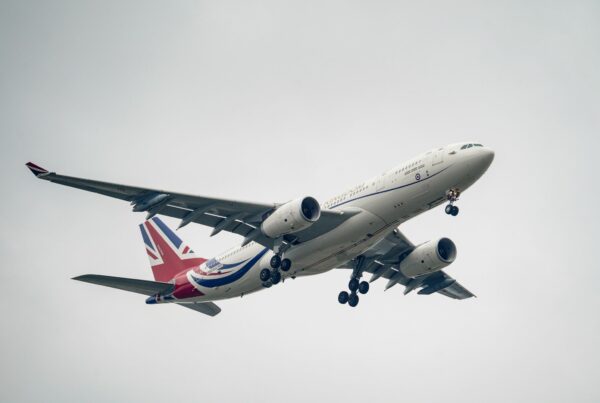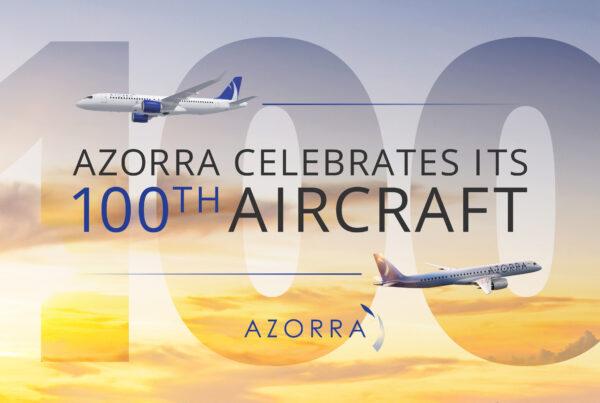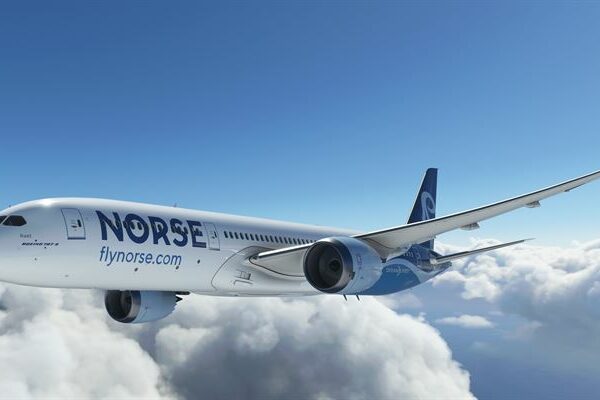It’s a busy time for the South African low-fare carrier as it celebrates 10 years in service. LARA caught up with the airline’s Chief Marketing Officer, Kirby Gordon, to find out more about what’s next for the carrier in 2024.
_________________________________________________________________
The last three years have been ones defined by volatility, but emerging from this period, recovery for low-fare carrier, FlySafair, has been steady. The airline is now the largest in South Africa, making up the largest share of capacity on local and some regional routes.
At a recent media round table, hosted in South Africa at the start of March, Kirby Gordon, the airline’s Chief Marketing Officer, explained: ““Thankfully, recovery has been good both internationally and in South Africa. Overall, the market both globally and locally is looking far stronger than it has at any time since the pandemic.”
Airports Company South Africa (ACSA) recently reported an 87% recovering in passenger numbers across the domestic network, with flight numbers reaching 93% of 2019 levels.
Entering its 10th year in service, the airline has ushered in a period of significant growth since it began operations in 2014 and ramped up growth in 2019. Initially launching with just two aircraft, the airline has expanded its fleet to 34 aircraft, comprising Boeing 737-800NGs and a handful of Boeing 737-400s.
It currently flies to 15 destinations, split between nine domestic South African destinations, and four neighbouring country destinations, and two island destinations in Mauritius and Zanzibar.
BACK TO BASICS
“We believe we got here by focusing on the basics, and that’s what we must continue doing,” Gordon tells LARA. “We’ve been fortunate to be well placed to gain market share after some of the competitors in the market exited during Covid, but don’t expect significant growth from the domestic market during 2024.”
But now, in 2024, the low-fare carrier is taking a bit of a break, focusing instead on solidifying its routes and fleet.
The airline wants to use the next year to “consolidate and establish [its] new routes,” Gordon adds, which includes those launched between Johannesburg and Harare in August 2023, and Cape Town to Kruger Mpumalanga International Airport – set to launch in April 2024.
Discussing the new routes with LARA, Gordon says that they’ve “been doing well,” – specifically mentioning the Harare – Johannesburg route, which has seen a lot of demand between the two cities.
Its new route from Cape Town to Kruger Mpumalanga International Airport is the only route the airline intends to launch this year, but already has seen a good influx of demand from passengers since it opened at the start of February.
“Load factors are tracking ahead of average, which is giving us a good indication on appetite for this new route. It’s a great opportunity for us to be able to link 2 of the most popular South African tourist destinations, Cape Town and Kruger Park,” he adds.
MAX MARKET AND MAJOR CHALLENGES
As a low-fare carrier, FlySafair operates second-hand aircraft which best suits the airline’s business model, keeping costs down. When asked if he would consider pursuing added Boeing 737 MAX aircraft, bringing in those aircraft to the fleet is far off the agenda.
“It’ll be a long while yet before we get into the MAX market,” he confirmed. “The second-hand MAX market is still very thin, and it probably will be for a while with these production delays [that Boeing are facing].”
It does, however, have plans to swap out some of its older Boeing 737-400 aircraft for newer models – 737-800NGs – later in the year.
As part of the media round table, Gordon also highlighted this critique around pricing that FlySafair have received as a low-fare carrier: “We often still get critique around pricing, especially when the price of oil has dropped. Although the price is down from the all-time highs of 2022, when oil has come down, even for a short time, jet fuel has continued to increase. This has had a significant impact on pricing across the industry.”
The rising costs of fuel have proved a challenge, since South Africa now imports a large portion of its jet fuel, following the closure of a local Jet A1 synthesis plant and the ongoing Russia-Ukraine war. FlySafair are focusing on optimising utlisation and efficiency, in order to contain the increase in operating expenses.










